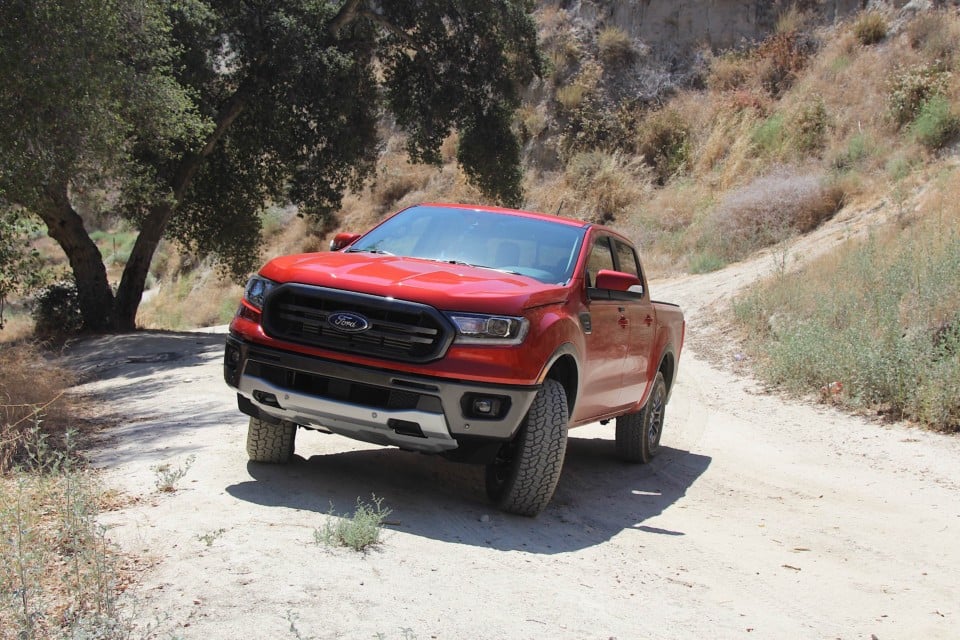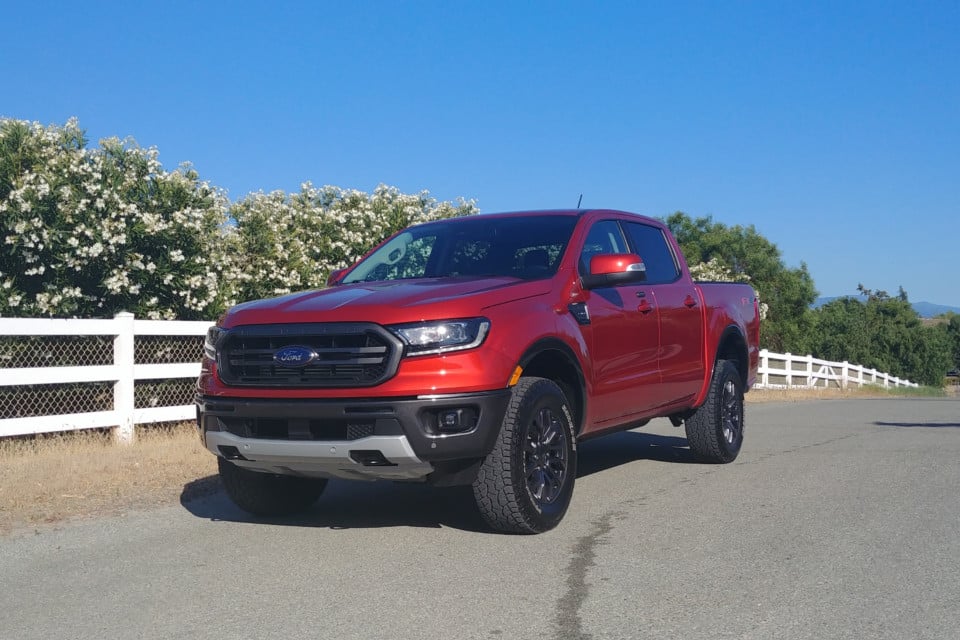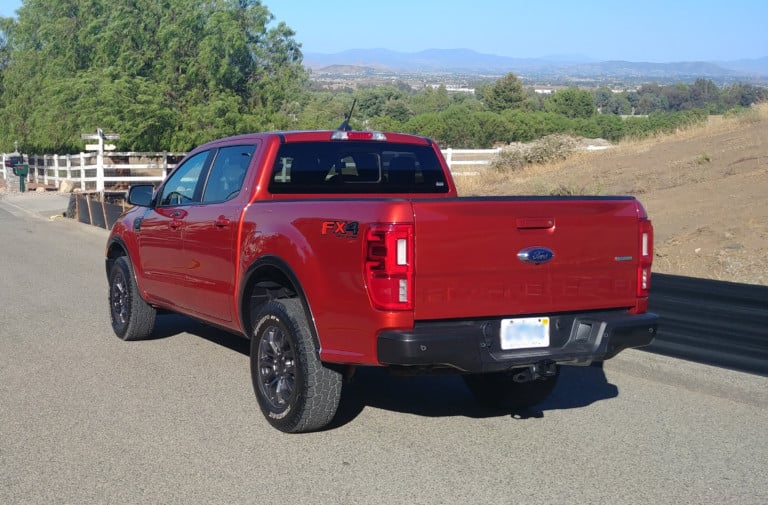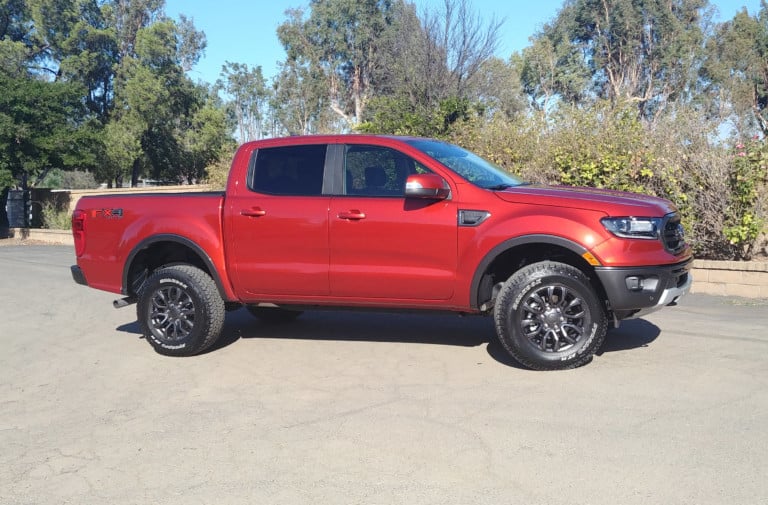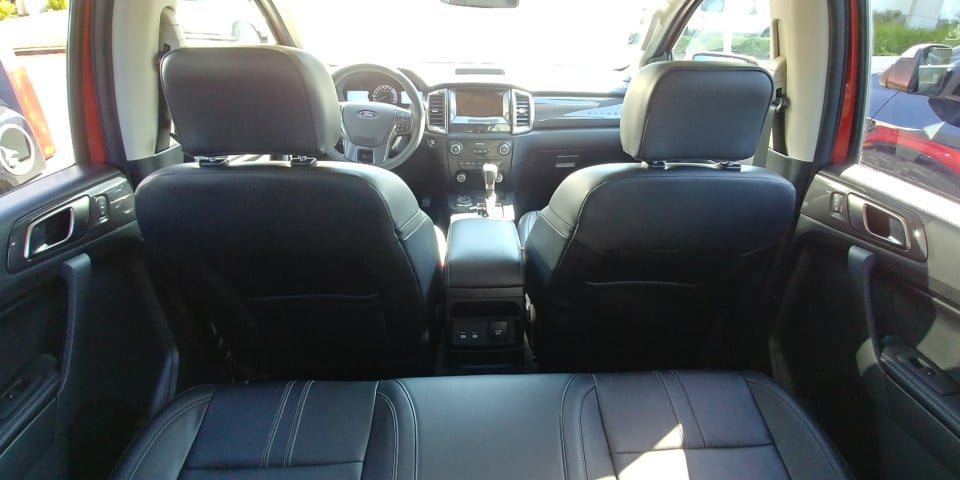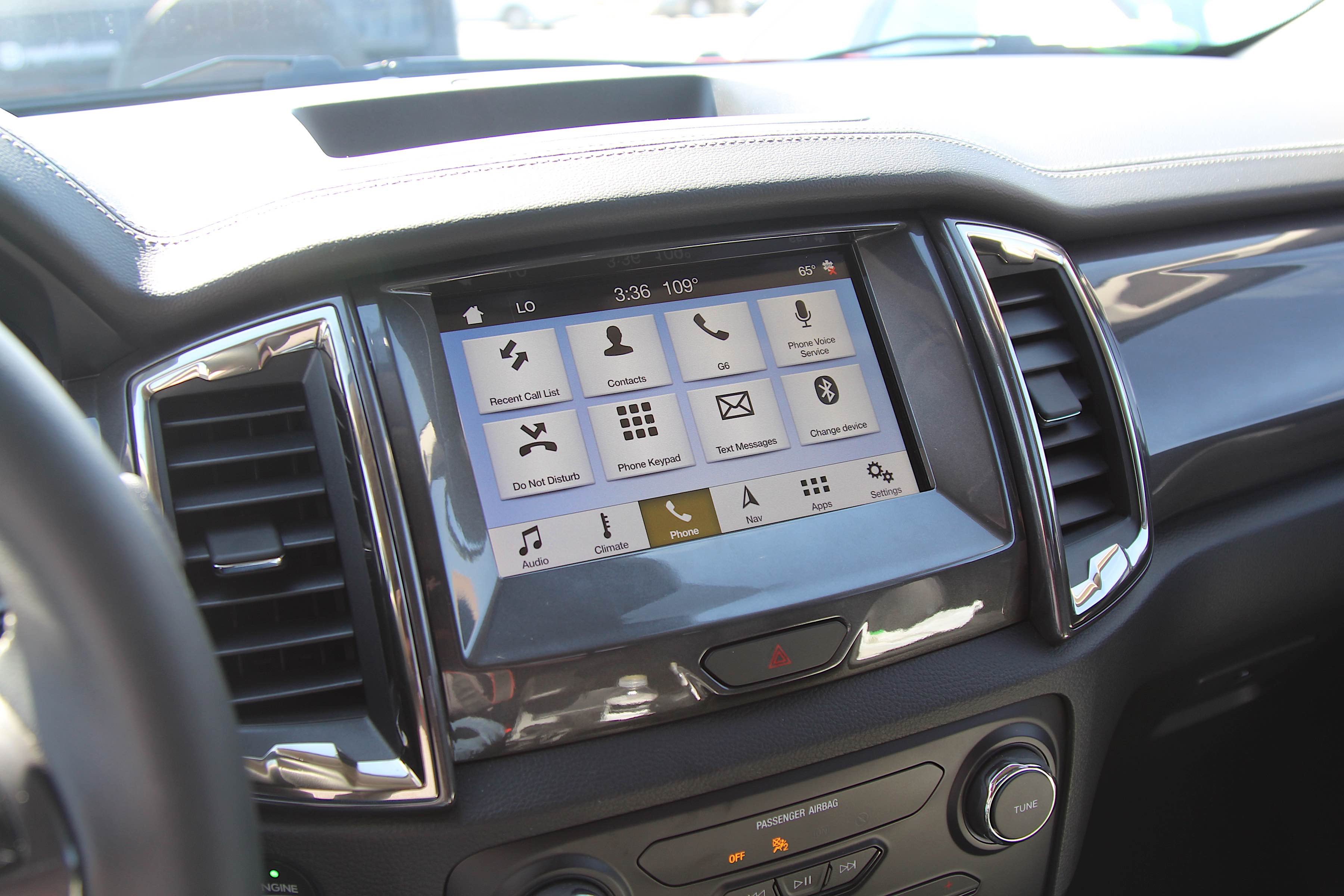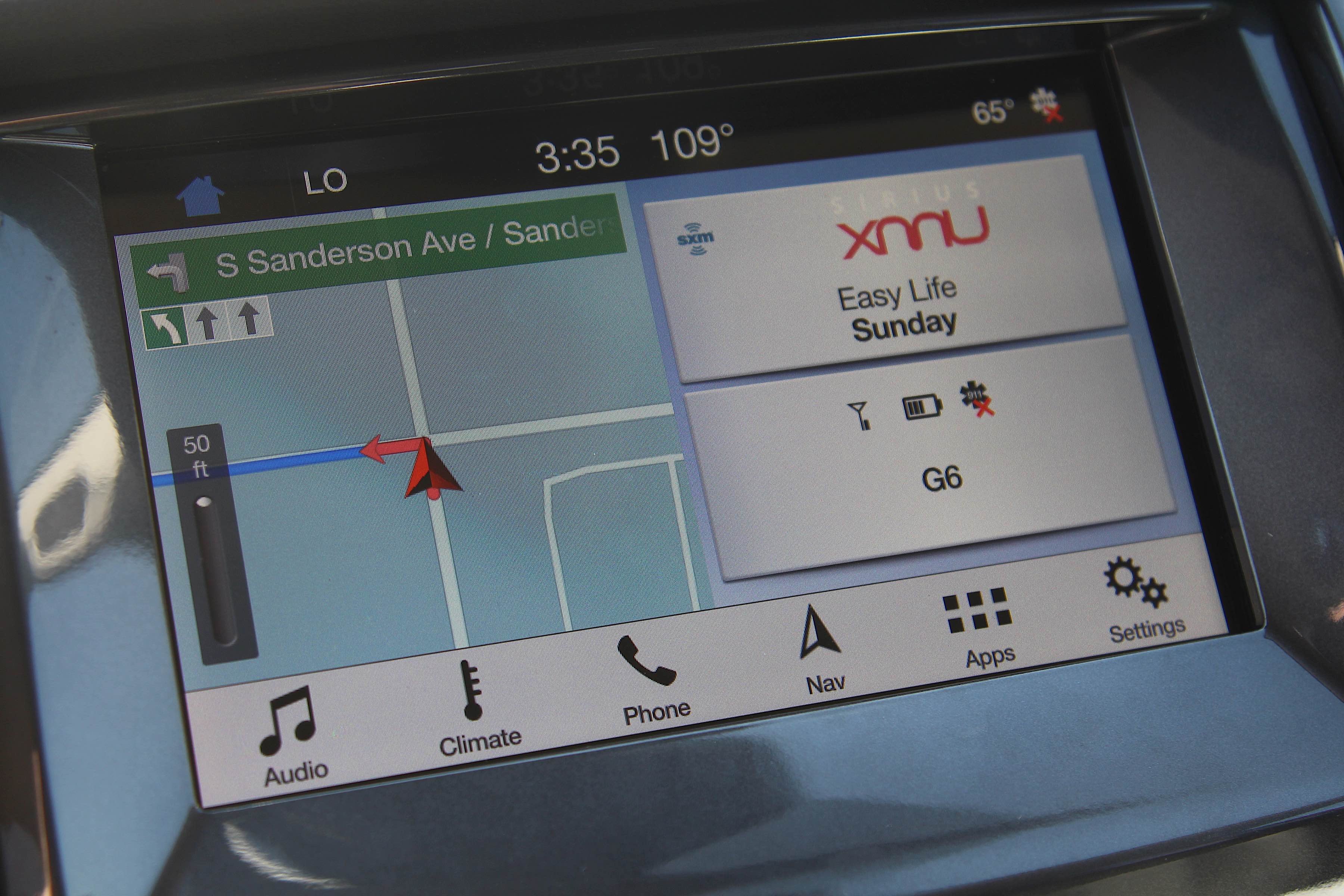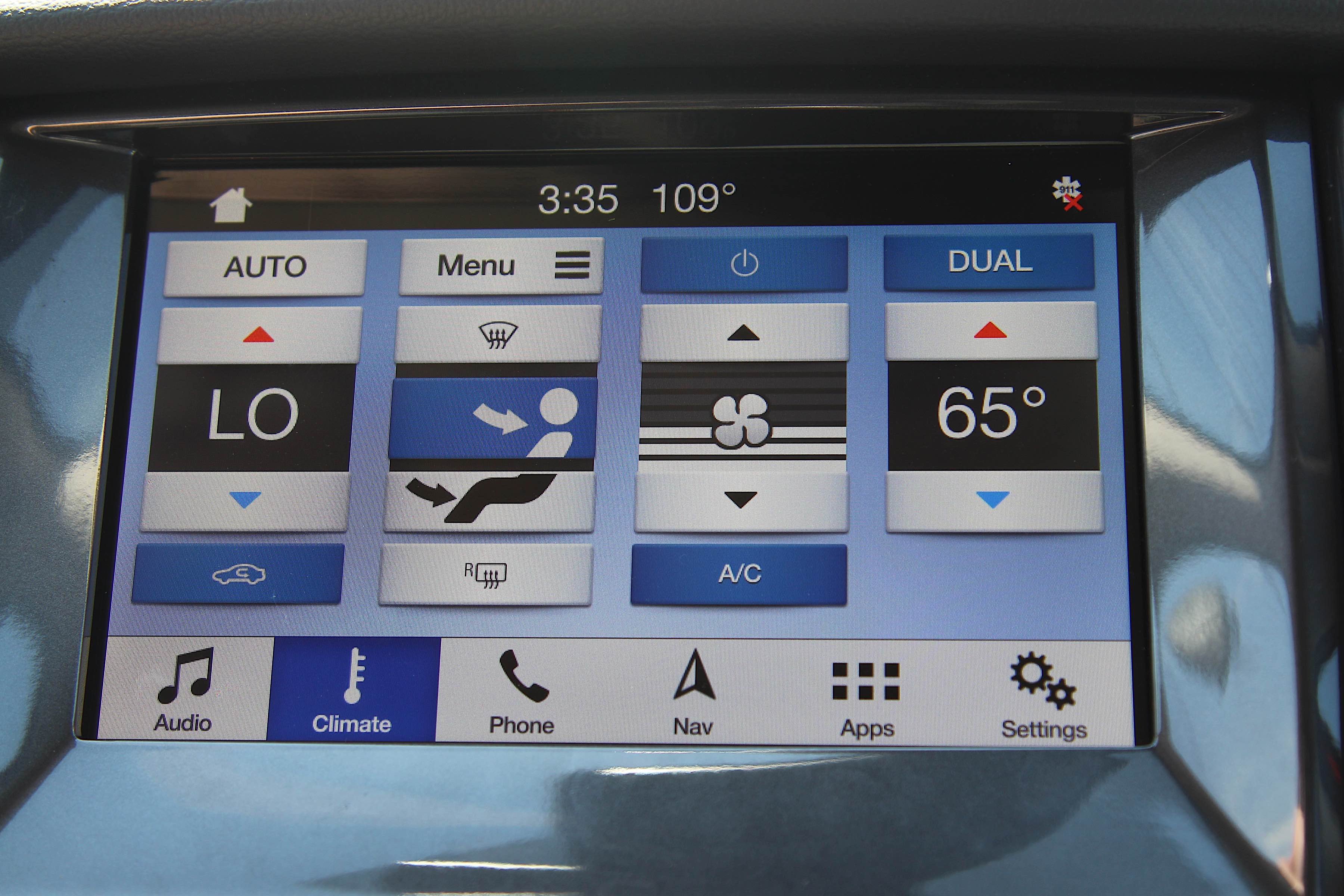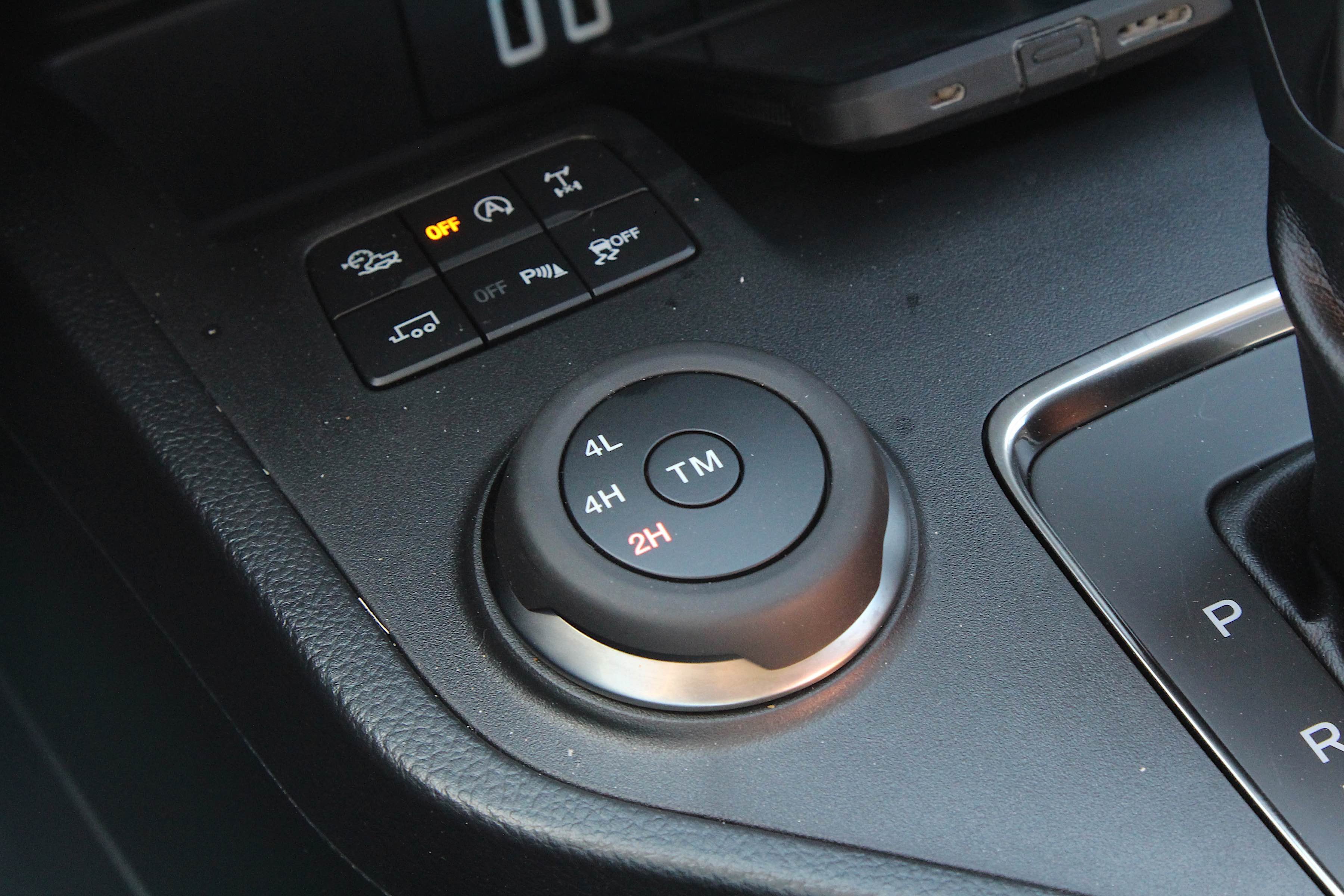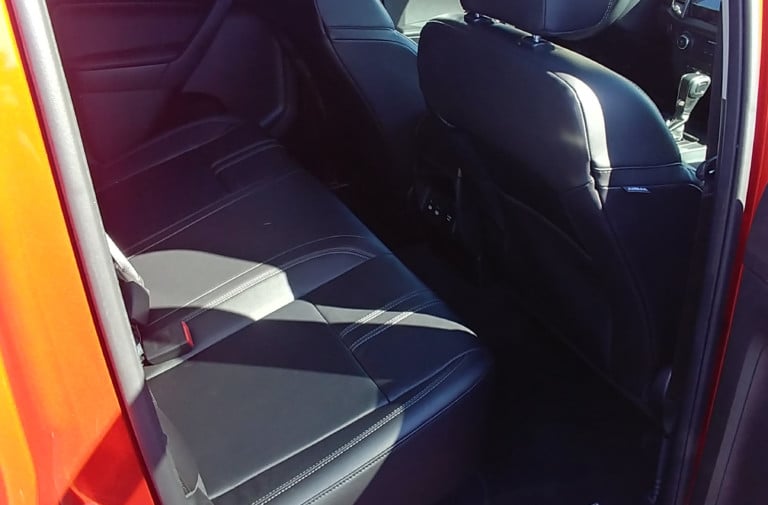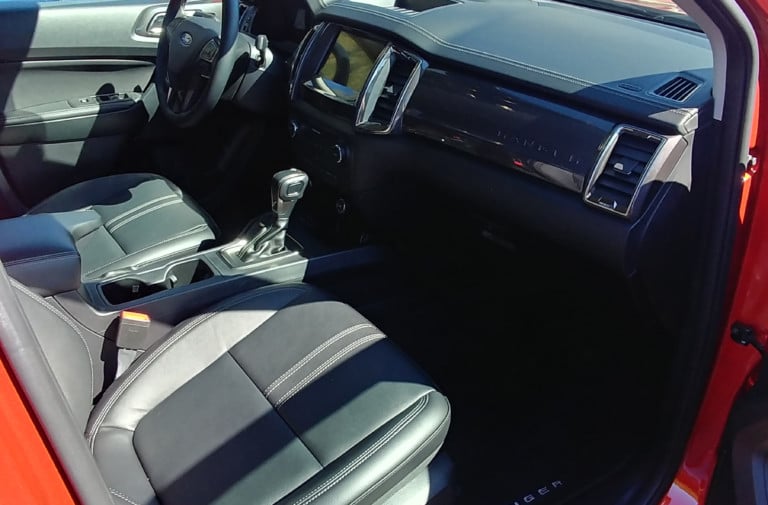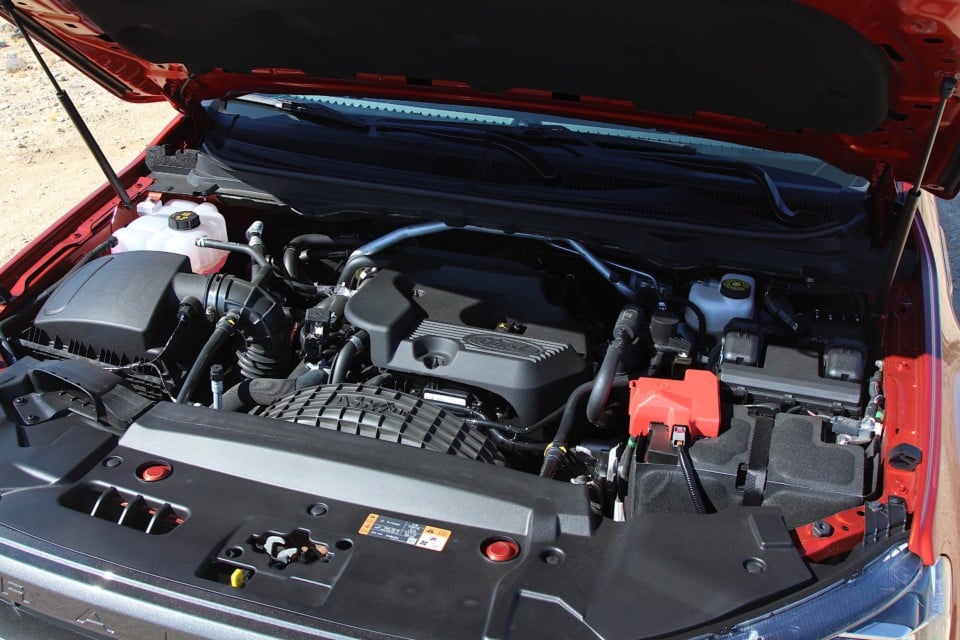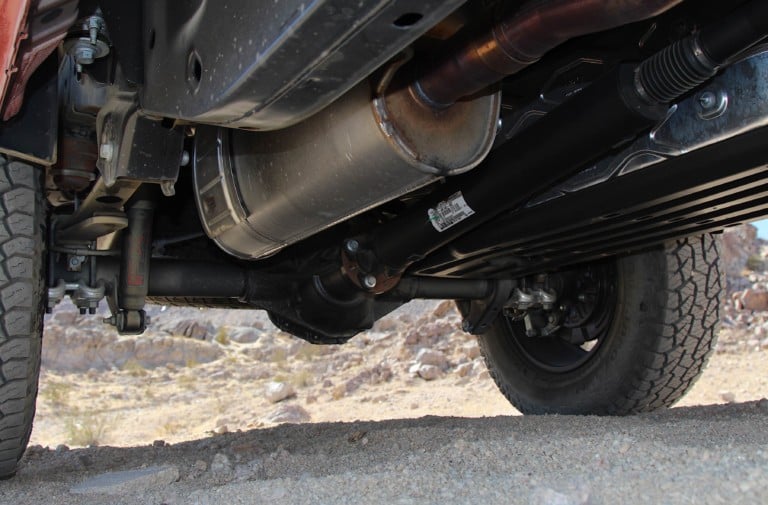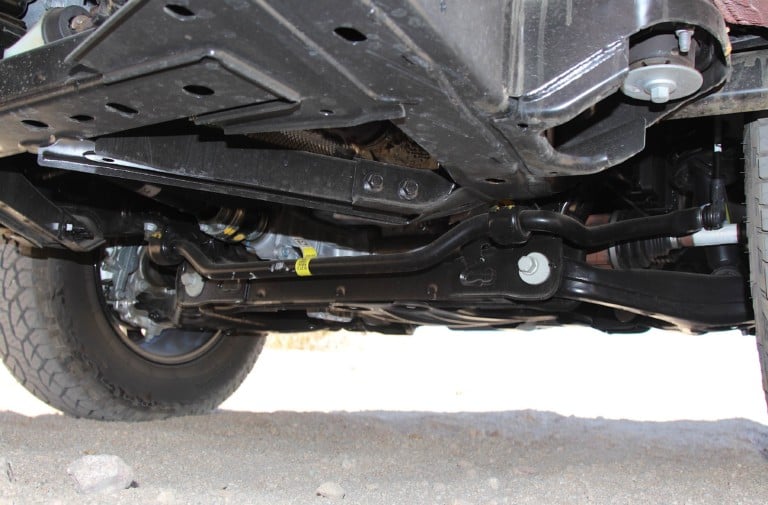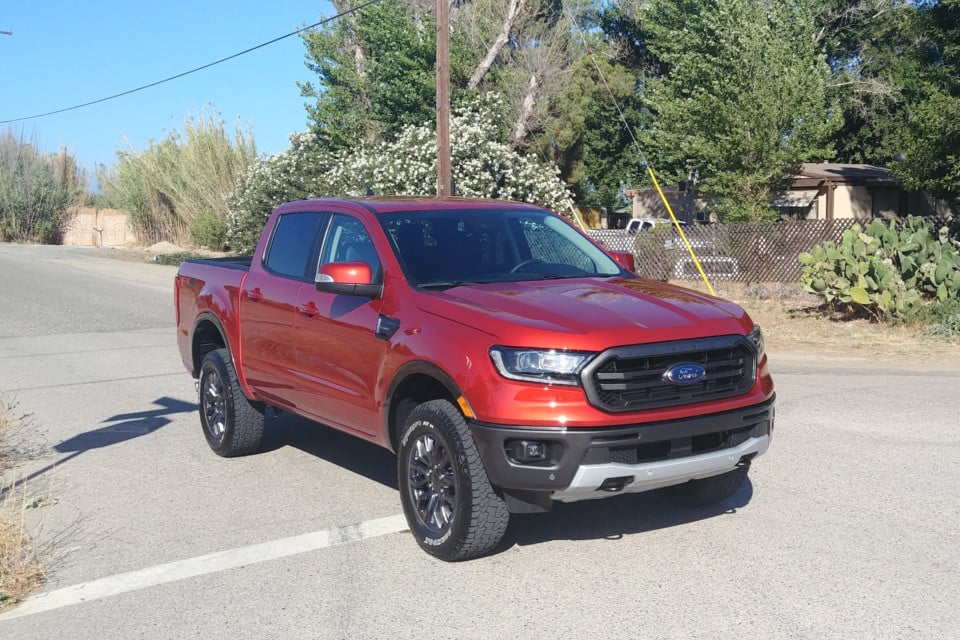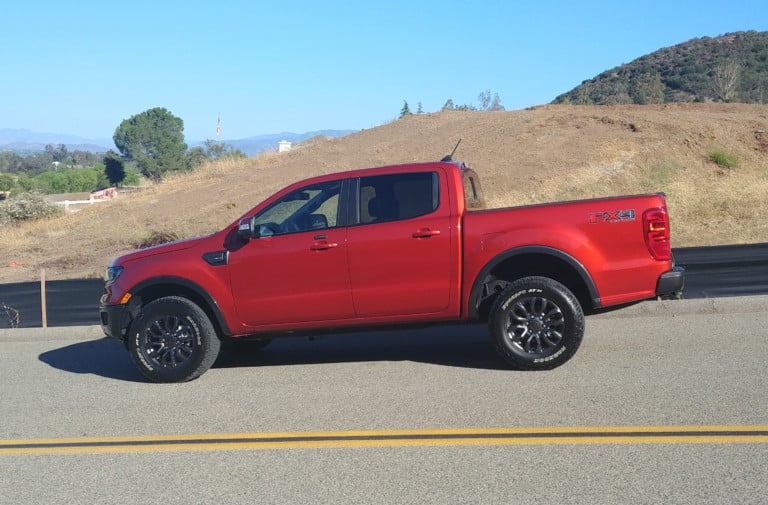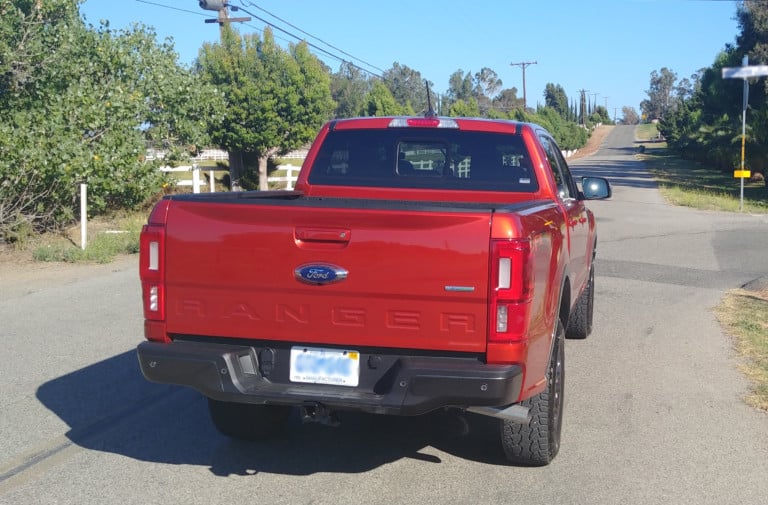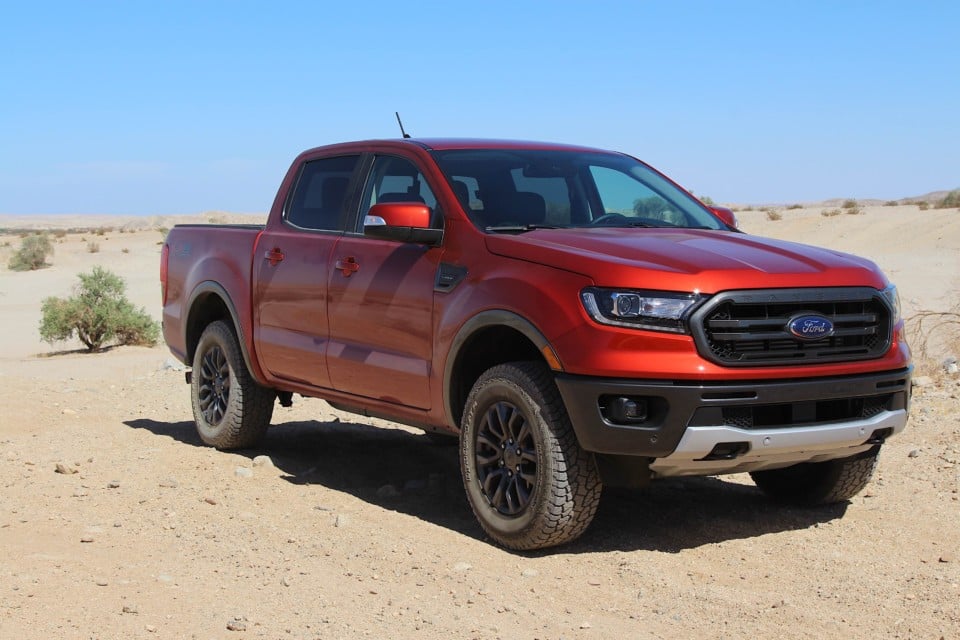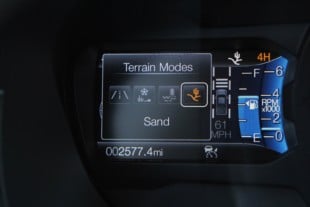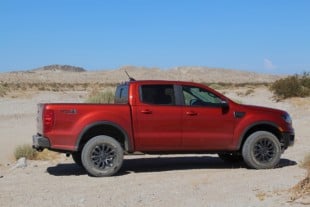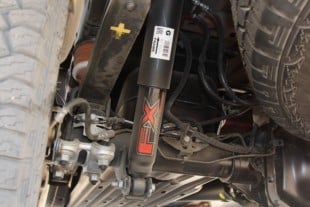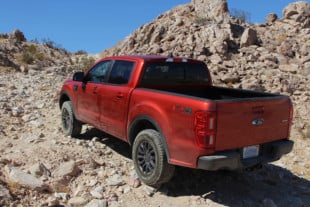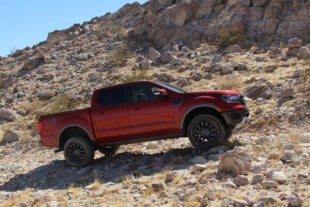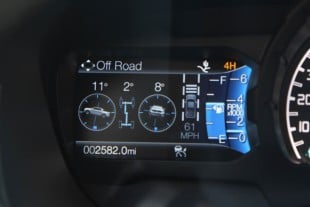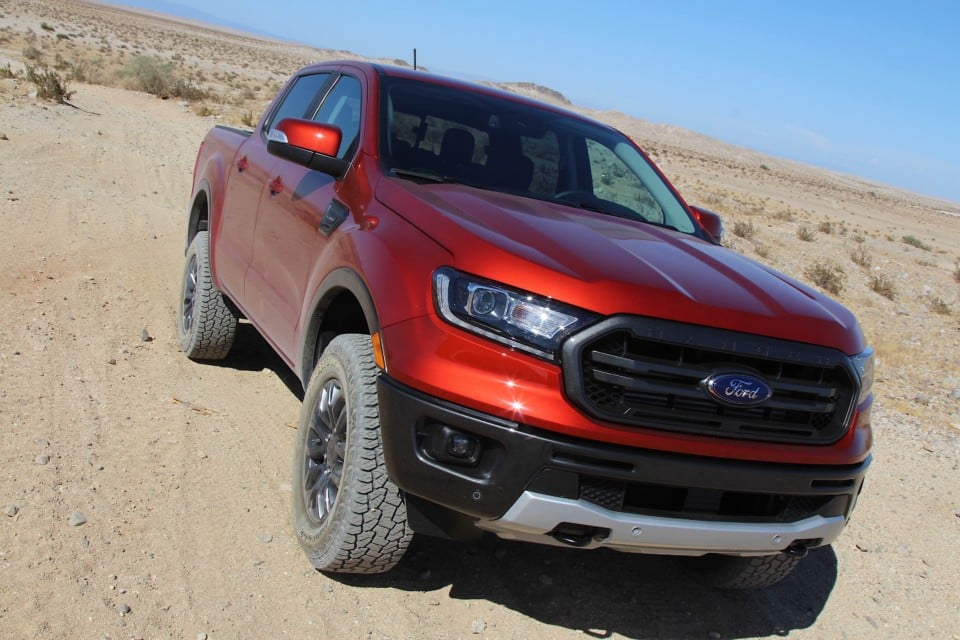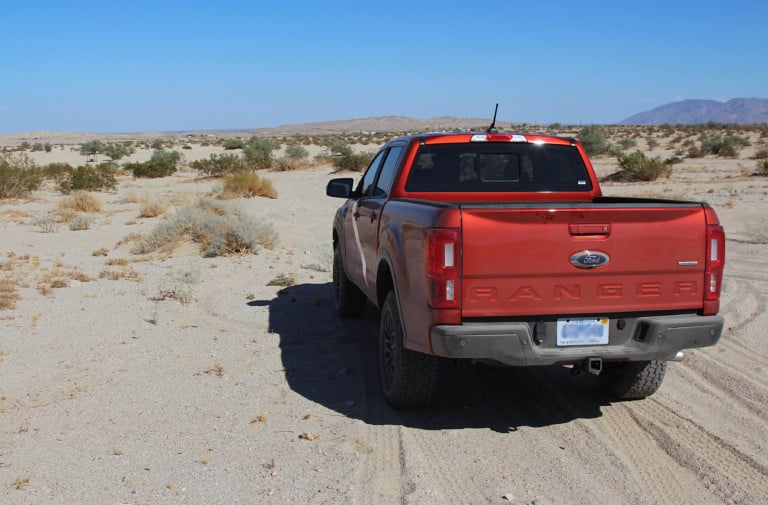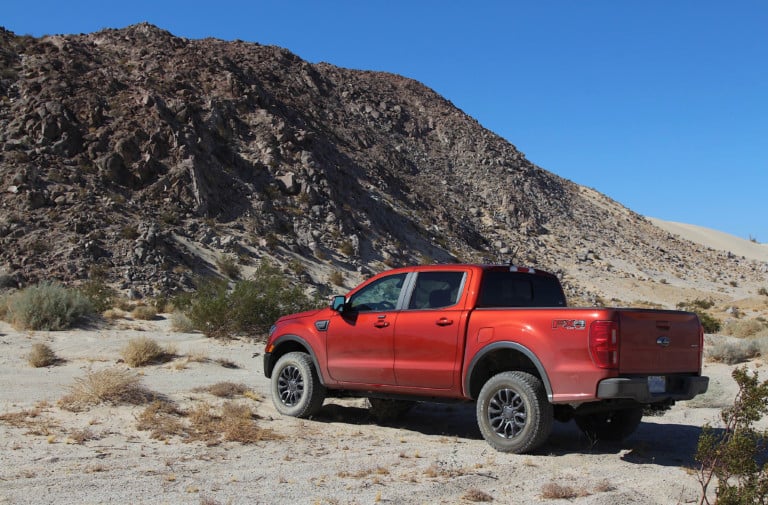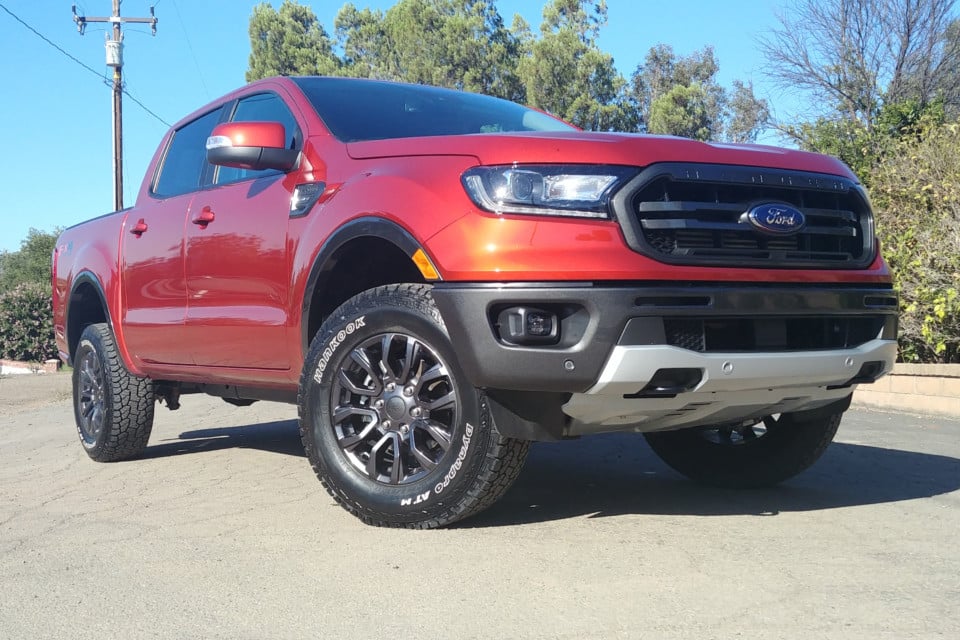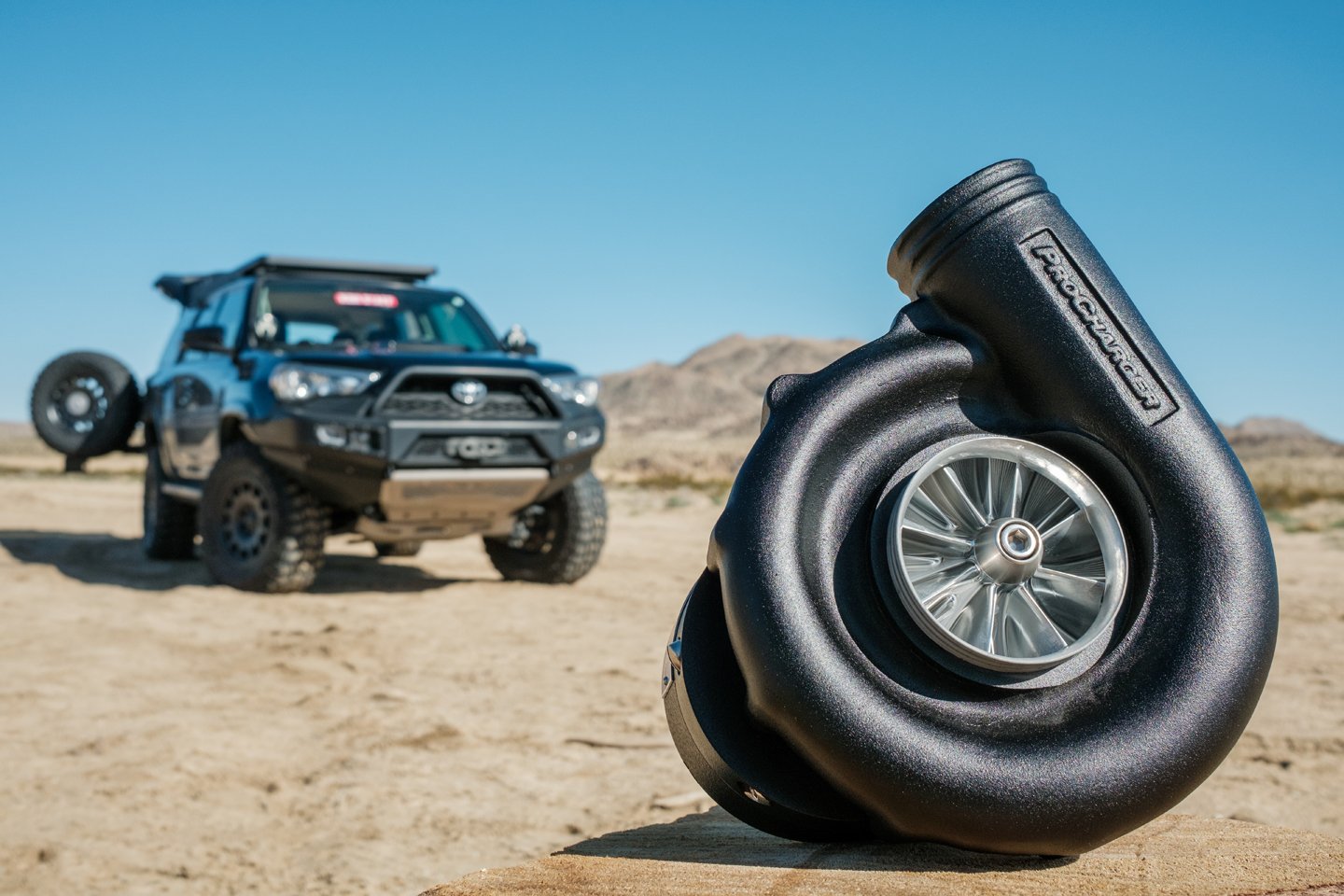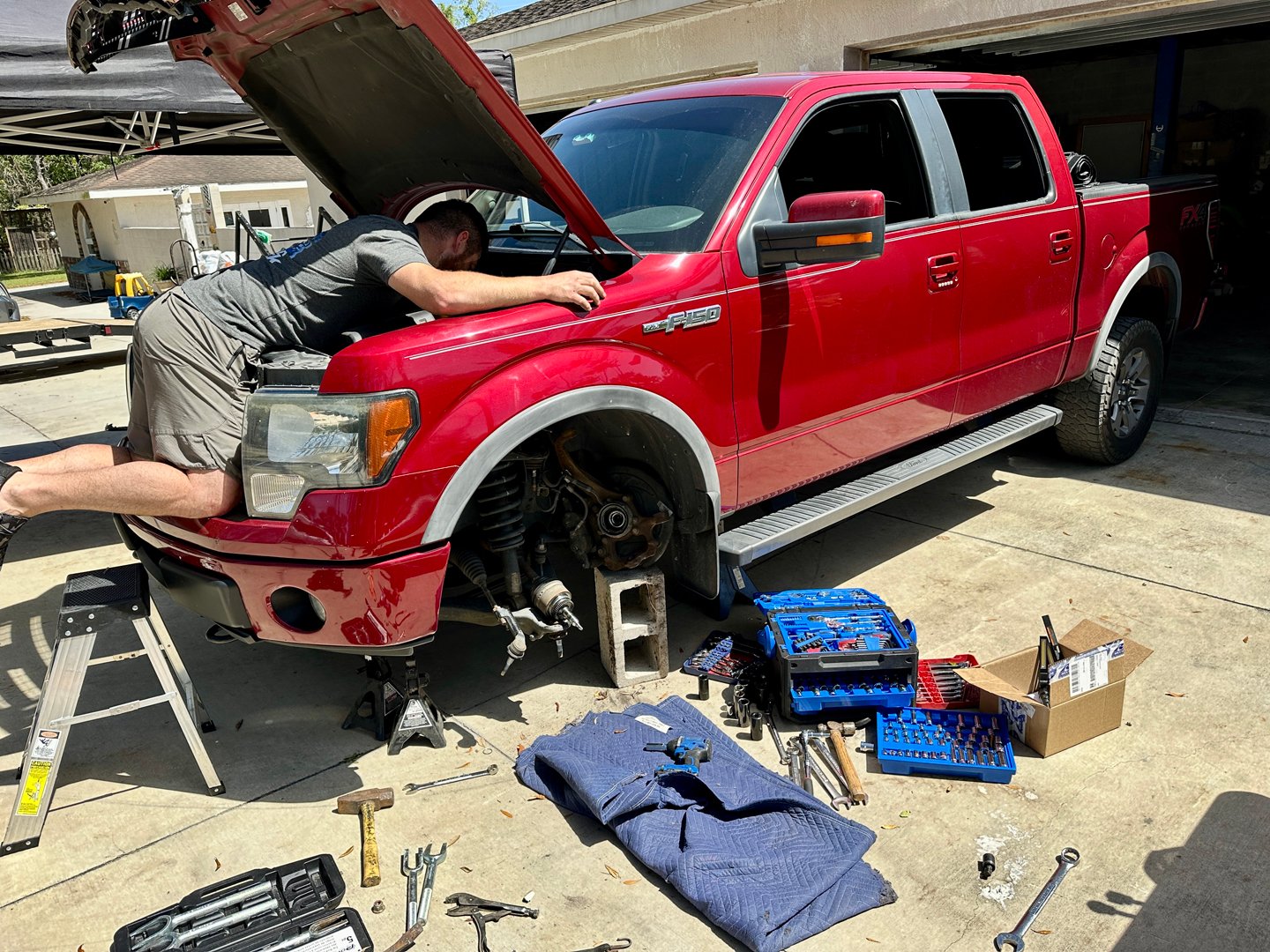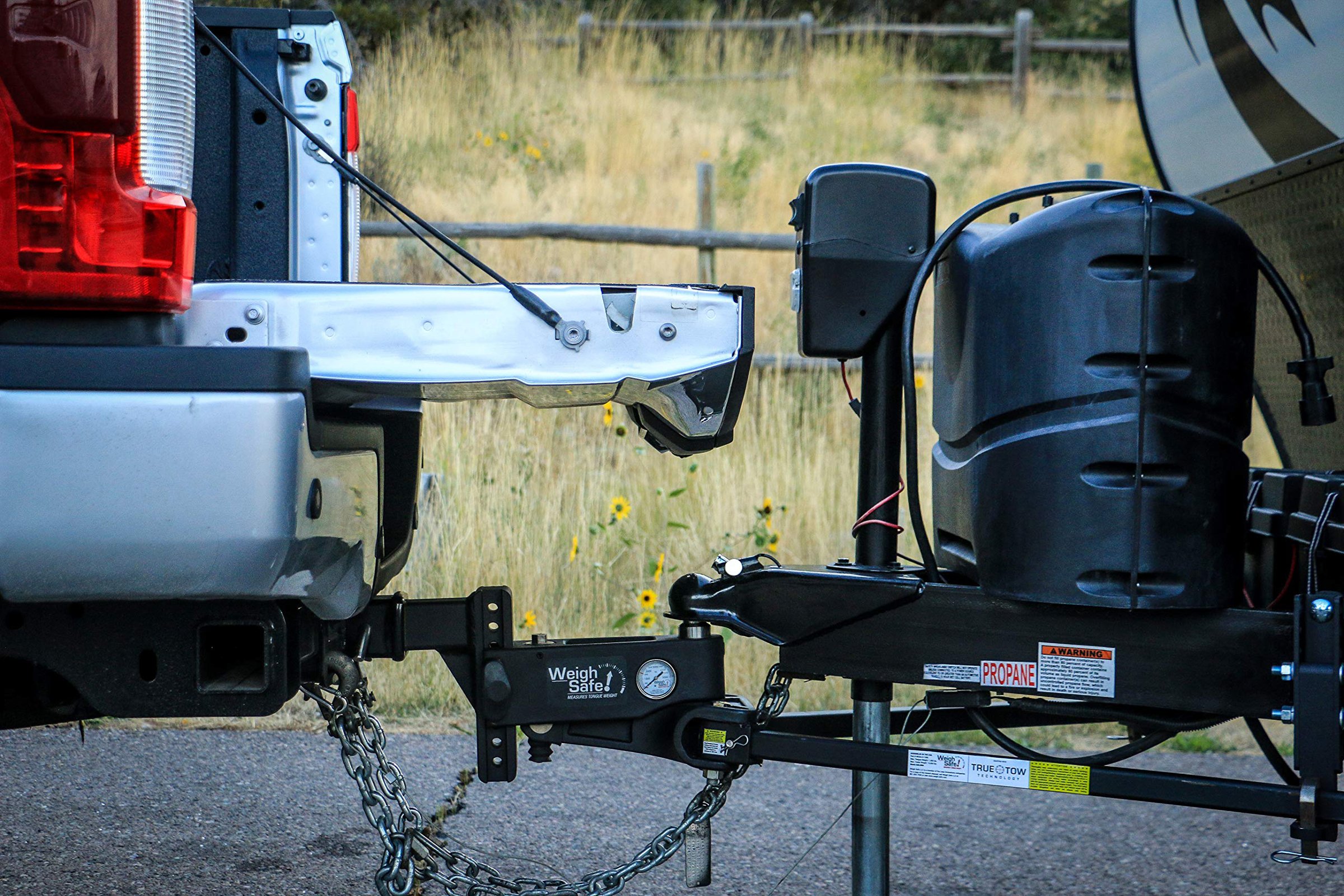In this era of remakes and re-dos, companies are looking for ways to take what we once knew and reinvent them. Spy shots and teasers give off a little bit of information, but never enough to form a well-rounded opinion. That only comes with actually seeing and driving the vehicle. Up until that point, it’s all speculation, and people can’t make a call on whether or not the vehicle is worthwhile.
Similarly, I was on the fence about the Ford Ranger coming back. I always liked the old body style that changed very little from year to year. You could always tell a Ranger from the other quarter-ton trucks on the road due to its diminutive size and lack of a crew cab. It wasn’t afraid to be the runt of the litter, and its accessibility to long-travel suspension (I-beams) made it a popular option for prerunner builds. And who could forget the awesome yellow “Splash” trim option?
Still, Ford’s decision to bring back its “little brother” truck nameplate was indicative that midsize trucks were on the uptick. With GM and Toyota duking it out for a few years now, the time was right for the Ranger to return. It’s now suited up with a bigger body, a smaller engine, and internationally inspired aesthetics. As for me, with no strong feeling one way or the other – do I like it? do I loathe it? – I reached out to Ford and got one of my own to try out.
Exterior
If you want to make a truck today, there are a few things you have to do on the outside:
- Headlights? Make ’em sleek and slim. The narrower the better. Oh, and tilt them upwards so they look a little angry.
- Grille? Bold. Big. Prime real estate for branding, so jam all that you can in there.
- Tailgate? Treat it like a second grille. If you’re not stamping the name on it, you’re a chump.
- Hood? Hope you like bulges, ’cause you’re getting them. Same with “vents.”
Ford ticked the checkboxes on all of the above, aside from the hood vents. The automaker seemed to figure out that discretion is the better part of trendy design language, and with the FX4 being the comparable “off-road” model to counterparts like the ZR2 and TRD Off Road, the sum of its aesthetic parts make a hunky-dory whole.
From all angles, the 2019 Ranger gives off mediocre vibes. There's nothing outrageous or game-changing going on here. It looks like a truck from the 2010s, from the slanted headlights to the weird grille to the humdrum rear.
The paint is “Hot Pepper Red” and is fine by me. Other than black accents in the bumpers and fender flares, and a silver aluminum skid plate up front, there’s not much going on with the colors. I prefer the Ram 1500 Rebel’s two-tone paint over this.
On the whole, I’d call the Ranger’s exterior “okay.” It doesn’t offend me the way a Titan XD does, but it doesn’t excite me like a Ford Raptor does, either. It’s middle-of-the-road and that’s acceptable for a refresh.
Interior
Inside the Ranger, the feeling goes from “meh” to “Wow.” I really liked getting to climb into this every morning! The vinyl seats were comfortable and supportive, and I noticed there were seat heating controls to make them useful during wintertime. Here in the middle of summer, however, the all-black interior was not all that pleasant to get into, especially in the afternoon. Thankfully, the A/C (dual zone, by the way) was more than up to the task of cooling off the interior.
A cornerstone of modern trucks, the infotainment center stretches about eight inches across and holds a lot of functionality within its touchscreen interface. A/C, music, navigation, phone calls, and more can all be commanded upon from the screen. It was easy and intuitive to get my phone set up with a Bluetooth connection and import my contacts. The system offered to read off text messages while I was driving, which I found helpful and let me focus on the road.
The eight-inch infotainment touchscreen had an intuitive UI. I found it most useful for navigating places and controlling the A/C. Below this, I could control various electronics, as well as drive modes.
Below the touchscreen, the buttons for controlling the audio and A/C systems were easily reachable. There were also outlets for 12V DC connectors and below those, USB ports as well. Near the USB ports were six buttons to control things like the locking rear differential, auto start/stop (which I had to press every time I got in; I hate auto start/stop), traction control, and so on. The floor shifter was the last piece of the puzzle before getting to the center console cubby. The cubby was really small, no bigger than a cubic foot, and I didn’t see the point it using it for storage space beyond, say, sunglasses and a small toolkit.
Rear passengers suffer, as is their lot in life when it comes to midsize trucks. I’m six feet tall and did not enjoy sitting in the back, even with the front seat moved all the way to where a six-foot-tall driver would still be comfortable. I’d feel bad if I had to drive anyone my height or taller in the backseat of the Ranger. Their legs would have almost nowhere to go!
Despite being a crew cab, the rear seat of the Ranger was hardly accommodating for passengers over six feet tall. The front seats, however, were comfortable and offered a lot of amenities.
Drivetrain
Inline-fours are nothing new to Ford Rangers, but turbocharged ones are. Under the hood of every 2019 Ranger, the only engine offered is the EcoBoost 2.3-liter I4. Trim levels don’t do anything to crank up the tuning or add more power; from the fleet-tier XL to the primo Lariat FX4 like I drove, one and all receive the same engine and transmission.
The EcoBoost puts out 270 horsepower and 310 lb-ft of torque. Meanwhile, the Colorado makes 308 horsepower and 278 lb-ft of torque, and the Tacoma generates 278 horsepower and 265 lb-ft of torque. So while it looks as though the EcoBoost loses out on horsepower, its torque surpasses the competition by a good chunk; a fact not lost on Ford’s marketing team, which has touted the engine as having “best-in-class gas torque.”
The Ranger FX4's rearend contained an electronic locking differential, while the front was just a regular open differential.
The Ranger FX4’s rearend has an electronic locking rear differential, offering a little extra peace of mind while exploring the boonies. But one of the weirdest things about the Ranger is its 10-speed transmission, the 10R80. It was a joint development of Ford and GM, and no doubt plays a part in the high marks on MPG claimed on the Monroney sticker – 20 city, 24 highway.
On-Road Driving Impressions
On surface streets, the Ranger FX4 is up to the task. Disc brakes on all four corners brought the truck to a confident stop every time I came up to an intersection. On hard braking tests, I found the Ranger stopped quite quickly, without chattering or screeching the tires against the pavement. Annoyingly, however, the truck would make a final lurch before coming to a complete stop. This was probably due to all the rapid downshifting going on.
Steering input was electric, making turning effortless in all instances. It was awkward coming back to my 2001 Explorer’s hydraulic power steering after driving the Ranger for a week. The suspension dealt with potholes harshly, and made me wary to avoid them if they looked deeper than an inch or so. On cornering and sharp turns, it was best to keep the Ranger at a sensible speed.
Comfort while driving was surprisingly good. The sound dampening on the Ranger was excellent, to the point that it was exposing a rattle emanating from the rear of the cabin. So in a way, it was too good. Still, muting the drivers around me on the freeway and just hearing the sounds of rubber on pavement was relaxing in its own way. The Bang & Olufsen sound system, a much-touted audio upgrade for the Ranger, was pretty good at everything (unless it had tons of bass and was at middle volume).
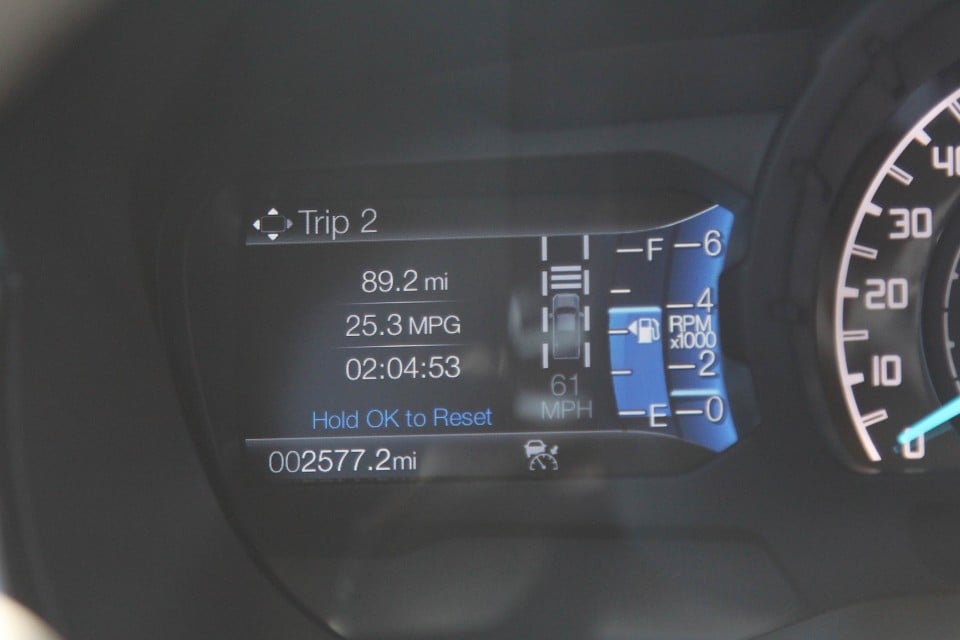
I did one major MPG test heading from my home to Ocotillo Wells SVRA, a distance of about 90 miles over highly variable pavement. Using the real-time MPG meter as a guide, I managed to achieve just over 25 MPG. Not bad!
One thing I always made sure to do was disable auto-start-stop as soon as I got in. Personally, I don’t like the truck’s sensation as it restarts its engine, and I think the difference it makes on MPG is negligible. Plus, cutting off a functioning A/C in the middle of summer? No thanks.
Off-Road Driving Impressions
I took the Ranger to Ocotillo Wells SVRA to flog it out on the dirt. As one of the closer options to my hometown and filled with tons of places to check out, it’s a treat taking take new rigs out there and seeing what they’re made of.
I kept the Ranger in two-wheel-drive initially and disabled traction control, just to see what that felt like. It was actually one of the more fun ways of driving in the desert. Getting to put the truck in sketchy turns and power out of them was a thrill I’d like to revisit.
With the Ranger in Sand mode, it was a blast to drive through Ocotillo Wells. The special "FX" shocks worked well in washboards, but required a slower speed for large whoops.
Switching over to four-wheel-drive High, I took the opportunity to check out the Traction Modes on the Ranger. There are four in total – Sand, Grass/Gravel/Snow, Mud/Ruts, and Normal. I flipped it over to Sand and found a proper wash to zip through, and zip through I did. Sand mode kept the transmission in gears for longer than normal, which made driving a lot of fun, as I could keep acceleration high and hear the engine revving as I hit the gas.
I looked for a rocky hill climb and found one. Here, I switched to four-wheel-drive Low and put on the locking rear diff. I quickly found the Ranger was not well suited for rock climbing. It was decent at gripping the rocks and moving up, but the ground clearance was the biggest issue. I heard groaning and screeching as I passed over some moderately-sized stones. Obviously, the undercarriage was not high enough from the ground. I never managed to get stuck, but the experience made sure I didn’t do it again.
In the rocky sections of Ocotillo Wells, the Ranger was less than admirable. It made its way up, but the ground clearance had issues dealing with larger rocks. It was still cool, though, to check out the Ranger's built-in clinometer.
Final Thoughts
The 2019 Ford Ranger FX4 is not a cheap truck. Its base price (Supercrew, with Lariat trim and 4×4) put it at $38,385, while the options added another $5,775. With all said and done, the one I drove came to $45,355 MSRP (not counting dealer markup). That just seems insane for a truck like this.
The creature comforts of the truck are there: Heated seats, backup camera, little electronic niceties like blind-spot warning lights and adaptive cruise control. There are annoyances, too. The auto-start-stop, the rattle on the highway, the weird stopping pattern, the spotty ride comfort, and the cramped backseat. There is some give and take with this truck.
The truck is good in some aspects, but irritating in others. On the whole, however, I think it's good enough to compete in the marketplace, and it offers Ford fans another option besides the F-150 or Super Duty..
Taking everything together – driving experience, creature comforts, looks, MPG, price, etc. – I have to say this truck is good enough. It supersedes what the old Rangers were capable of, it offers a new take on an old nameplate, and it does a decent job living up to the expectations of an off-roader.
Some things I would like to see are a V6 option, a Raptor package (sold internationally, but not here in the U.S.), and a redesign of the cabin to offer better rear legroom. These would be some big improvements and attract people over to the Blue Oval. As it stands now, though, it’s sufficient to go toe-to-toe with the Tacoma and Canyon/Colorado, and proves itself a fine midsize option for Ford fans.

